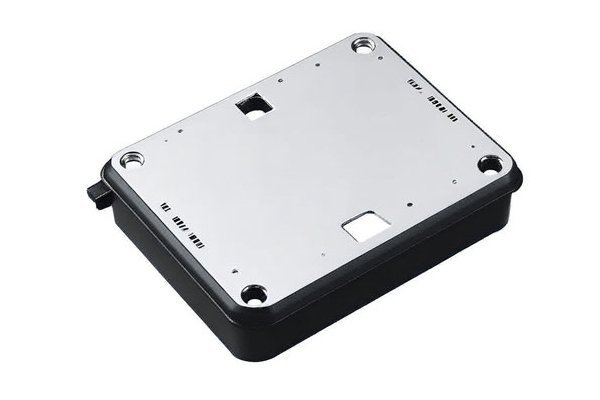Opening
Did you know that excessive vibration during CNC turning can lead to a staggering 30% loss in precision? In the world of CNC machining, where every millimeter counts, vibration is more than just an annoying byproduct of the process—it’s a critical issue that can compromise the quality and accuracy of your finished parts. If you’re in the prototype processing business, you know that ensuring precision while minimizing vibrations is essential for delivering high-quality components. So, how can you tackle this challenging problem effectively?
Understanding CNC Turning and Vibration Issues
Before diving into solutions, let’s first understand what CNC turning entails. CNC turning is a manufacturing process involving the rotation of a workpiece against a stationary cutting tool. This operation is often used for producing cylindrical parts, such as shafts, gears, and rods. While the technology behind CNC turning has advanced significantly, vibration remains a persistent issue. But why does vibration occur?
Vibration in CNC turning can arise from various sources:
Given the potential consequences, avoiding vibration problems is paramount.
Detailed Solutions to Mitigate Vibration in CNC Turning

In the realm of CNC turning prototype processing, managing vibration is not only a technical challenge but also a crucial factor that can determine the success of your manufacturing efforts. By embracing the multifaceted strategies outlined above—from optimizing tool selection and secure workholding techniques to implementing damping technologies and continuous monitoring systems—you can effectively mitigate vibration issues.
Understanding and implementing these solutions will not only enhance the precision and quality of your machined parts but can also lead to longer tool life, reduced scrap rates, and overall increased efficiency in your CNC operations. In a market increasingly driven by precision and quality, overcoming vibration in CNC turning is essential for staying competitive.
Remember, tackling vibration problems today means setting a foundation for a more reliable and efficient future in CNC machining. Take the time to assess your current practices and consider these strategies to improve your operations—your precision and product quality depend on it.



